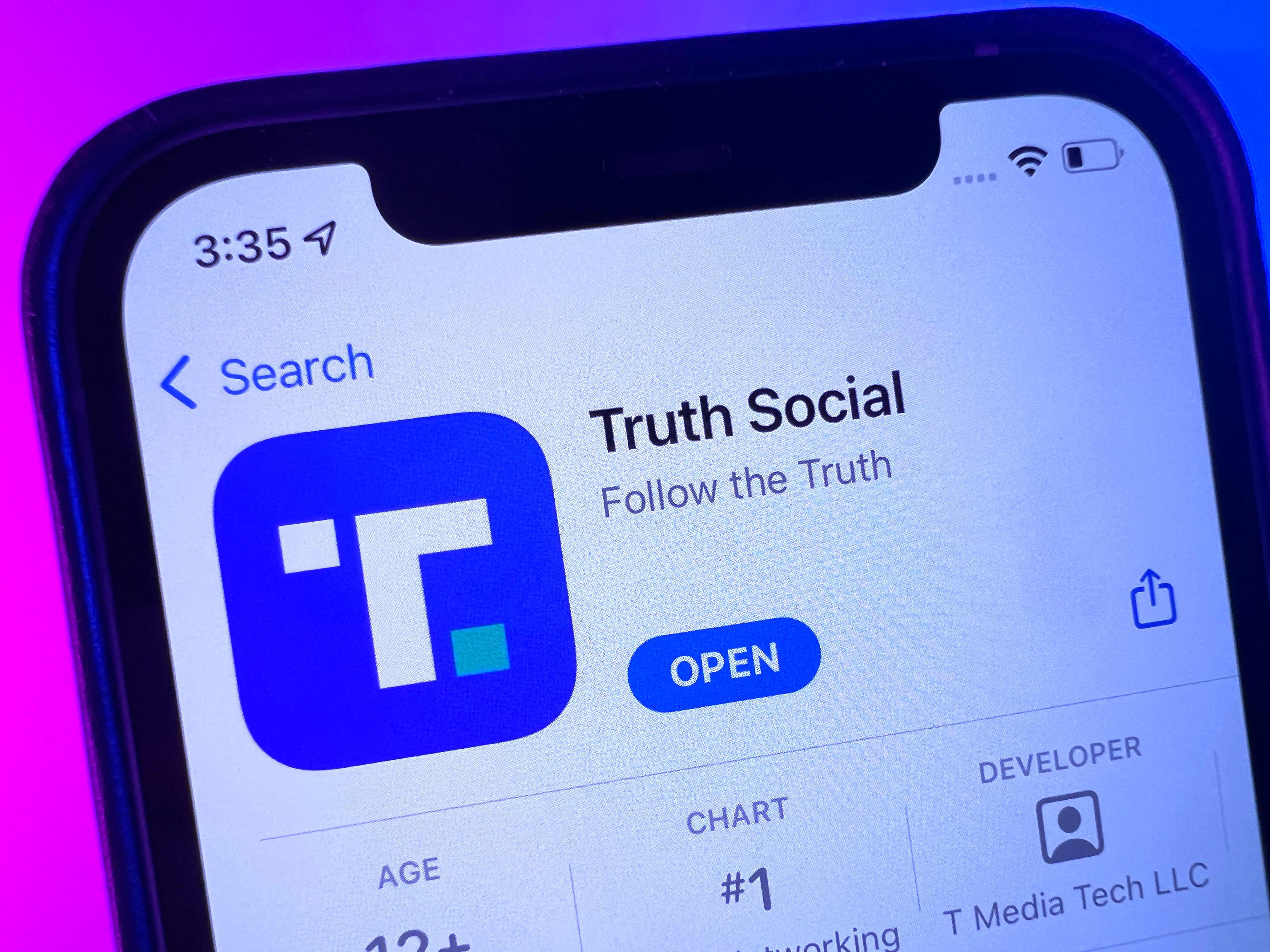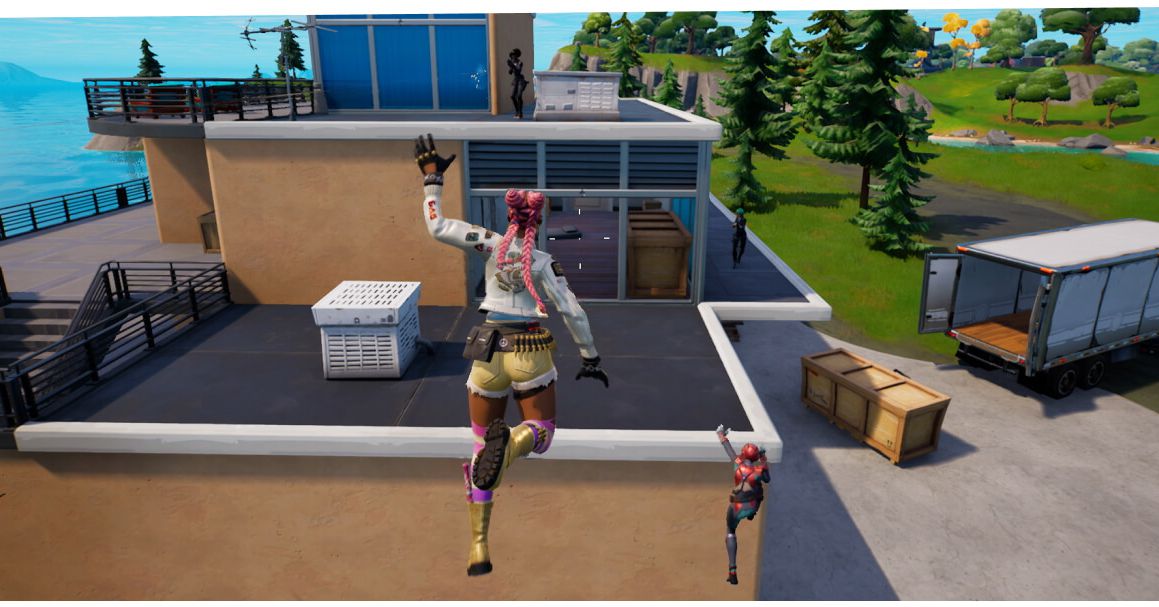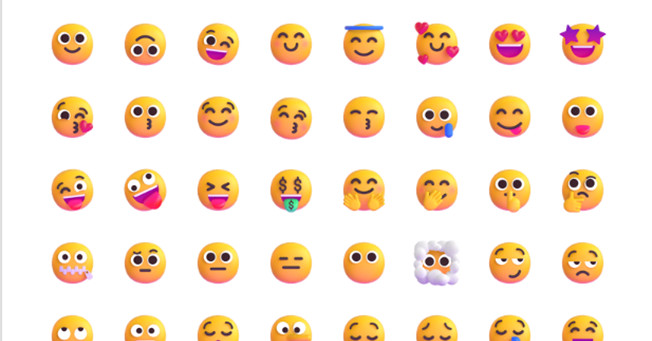Joker: Folie à Deux can barely hold a tune
Image: Warner Bros.Todd Phillips’ new Joker sequel is a pitchy mess that wants to explore what happens when villains become folk heroes. Continue reading…
/cdn.vox-cdn.com/uploads/chorus_asset/file/25656393/rev_1_JFAD_NT_21693r_High_Res_JPEG__1_.jpeg)
Despite its lack of a Batman, the public’s exhaustion with comic book movies, and a story that often felt overly imitative of Martin Scorsese’s work, Todd Phillips’ 2019 Joker was a certified hit whose box office success (and two Oscar wins) all but ensured that there would be a sequel. Folie à Deux, Phillips’ new musical Joker follow-up, feels like it knows exactly how ready people were to buy into the first film’s dark power fantasy. Folie à Deux remembers the way theatergoers could see Joker’s Arthur Fleck as a disaffected victim of the system driven to murder by a deeply broken society.
But rather than trying to find more meaning in the Joker’s madness, Folie à Deux brings the metaphorical house lights up to take a much more negatively critical look at its central anti-villain and the culture of hero worship. It’s a solid enough pitch that could have made for an interesting comic series. But as a movie, Folie à Deux is an off-key mess that barely manages to express its handful of good ideas.
Joker: Folie à Deux continues the story of failed comedian Arthur Fleck (Joaquin Phoenix), the most infamous inmate in Gotham City’s Arkham Asylum. After two years of being locked up and systematically abused by Arkham’s squad of guards led by Jackie Sullivan (Brendan Gleeson), Arthur has become an unsmiling, even more gaunt shell of his former self. Though people finally want to hear Arthur tell jokes, it’s hard for him to crack wise knowing that district attorney Harvey Dent (Harry Lawtey) will be pushing for the death penalty at his upcoming trial. But as much as Arthur might want to dwell on his fate in quiet solitude, the Joker’s celebrity makes it impossible for him to ever have a moment of peace.
Image: Warner Bros.
After Joker and its framing of Arthur as a murderous folk hero, Folie à Deux feels like Phillips stepping back to present him as a man grappling with what it really means to have given birth to a burgeoning movement built on ideas he doesn’t necessarily embody. Everyone saw Arthur, in clown makeup, shoot a late night talk show host on national television — a key moment from Joker cleverly recounted in Folie à Deux’s opening animated short set to “Me and My Shadow.”
For many people, that shot solidified the Joker as a concept who spoke to their own frustrations with the very same kind of systems that failed Arthur. To Arthur’s lawyer Maryanne Stewart (Catherine Keener), playing up the Joker as a separate identity feels like one of the few ways they might be able to win their case. But Folie à Deux uses Arthur’s catatonic depression to emphasize what his path to stardom really was: a killing spree that landed him in jail and well on his way to being executed by the state.
Though Gotham stories are always primed for whimsical plot twists, there’s a matter-of-fact quality to Folie à Deux that is likely going to come as a disappointment to fans expecting theatrical bombast. The movie very much is a courtroom drama about a defendant who seems poised to lose a trial that seems stacked against him. But you can feel Phillips trying to jazz things up and tie together Folie à Deux’s loose threads about fame being a monstrous phenomenon as it introduces its version of Harleen “Lee” Quinzel (Lady Gaga).
After years of DC trying to evolve the Harley Quinn brand beyond her roots as the Joker’s girlfriend, Folie à Deux takes her back to most of the basics. Here, she’s just another inmate at Arkham rather than a psychiatrist working for the city, but she still brings color and — more importantly — music into Arthur’s life. On its face, casting Lady Gaga to sing Hollywood standards as one of the most iconic and subversive characters DC has ever churched out was a brilliant decision. But Gaga’s Lee is largely relegated to the periphery of Folie à Deux’s story in a way that makes it feel like Phillips doesn’t really know what to do with her outside of letting her upstage Phoenix’s Joker in a number of musical fantasy sequences.
Image: Warner Bros.
There are some things that work wonderfully about Folie à Deux’s take on Harley and Joker as a couple, like its many allusions to the way that her star has often eclipsed his in the grand scheme of DC Comics IP. During their escapes from reality — one of which is styled like a kind of variety hour — Arthur’s fear that Lee might be more in love with the idea of the Joker than him manifests as stealing the show as fans applaud. The clowns’ fantasies help Folie à Deux better illustrate Arthur’s insecurity but also his hope that Lee might be the first person to really understand him. But the film spends so little time really building Lee into a concrete presence that you never get a solid sense of what she’s getting out of their relationship.
If Folie à Deux’s musical numbers were really enjoyable, that might not be so much of an issue, but for the most part, they’re so lacking in whimsy or any sense of fun that it’s hard to ever get swept up in them. They’re also over almost as soon as they’ve begun. Then, the movie drops you right back into Arthur’s bleak reality from which there never seem to be any viable routes of escape.
If Joker was a dark comedy, then Folie à Deux is its dreary, tragic twin with a frown stuck on its face. It’s a sour note for this franchise to end on but a great reminder that, eventually, all comedians bomb.

 Tfoso
Tfoso 































